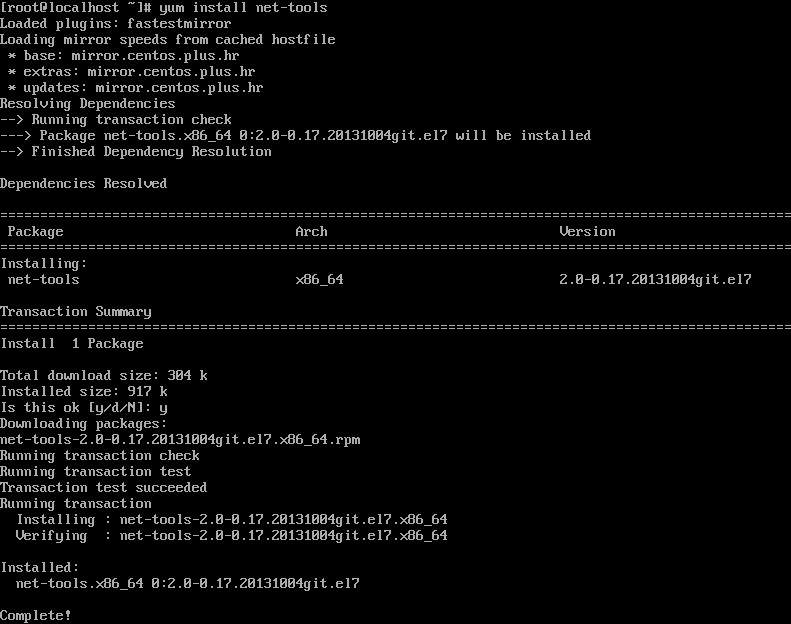

You can then erase specific packages using the "-e" option. The "-q" option allows you to query installed packages.

Package system-config-lvm-1.1. is already installed If the package does not already exist on the system it will be installed. If a package already exists on the system, but the supplied package is newer it will be applied. The "-U" option uses the supplied packages to update the system. Warning: system-config-lvm-1.1.: Header V3 RSA/SHA256 Signature, key ID ec551f03: NOKEY The example below attempts to install a package from a CD. Using the "-i" flag indicates you are attempting an install of one or more packages. Check out the man pages for a list of all the available options. The command expects to be supplied with flags to indicate the mode of operation and one or more package files. The rpm command is used to install, update, list and remove software packages. Linux : Installing Software Packages (RPM, YUM and DNF).Remember, the exams are hands-on, so it doesn't matter which method you use to achieve the result, so long as the end product is correct. This article provides an overview of the rpm and yum commands for installing software packages on Linux, with specific reference to the information needed for the RHCSA EX200 and RHCE EX300 certification exams. For example, command above returns packages from extras repo, which we installed the epel-release package, and from Software Collection repo, which has “epel” string in their release. The downsize of this method is that packages from other repos may also be listed if they have something that matches the string of repo been search.

You can also specify the name of the package to search for instead of repo name. For example, to look for all packages installed by EPEL repo: yum list installed | grep epel


 0 kommentar(er)
0 kommentar(er)
